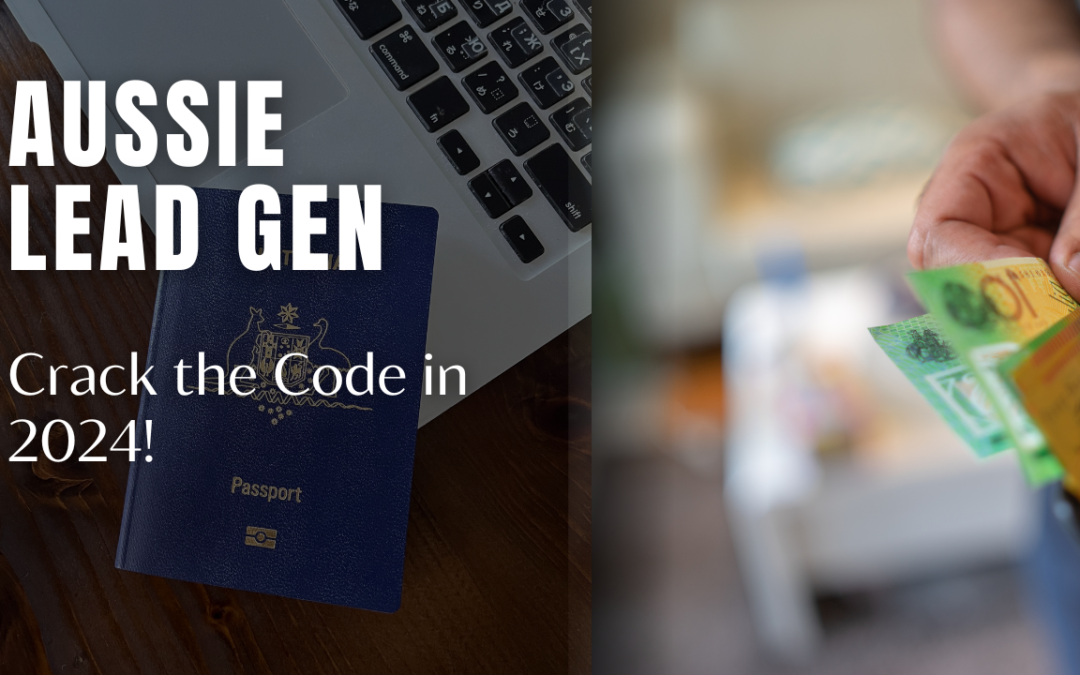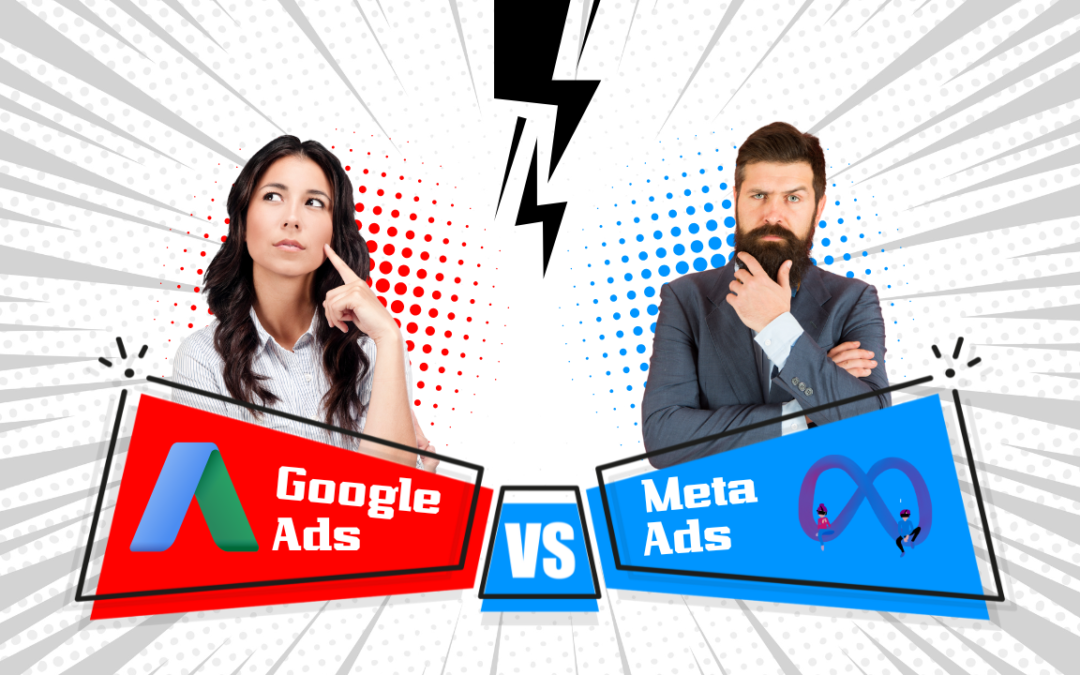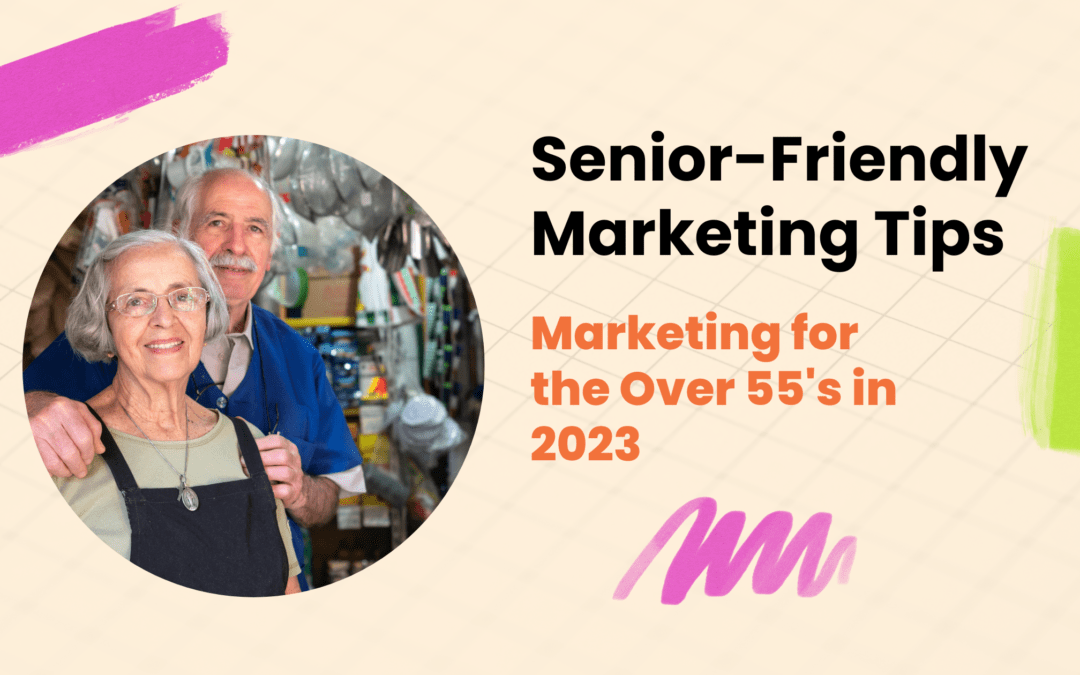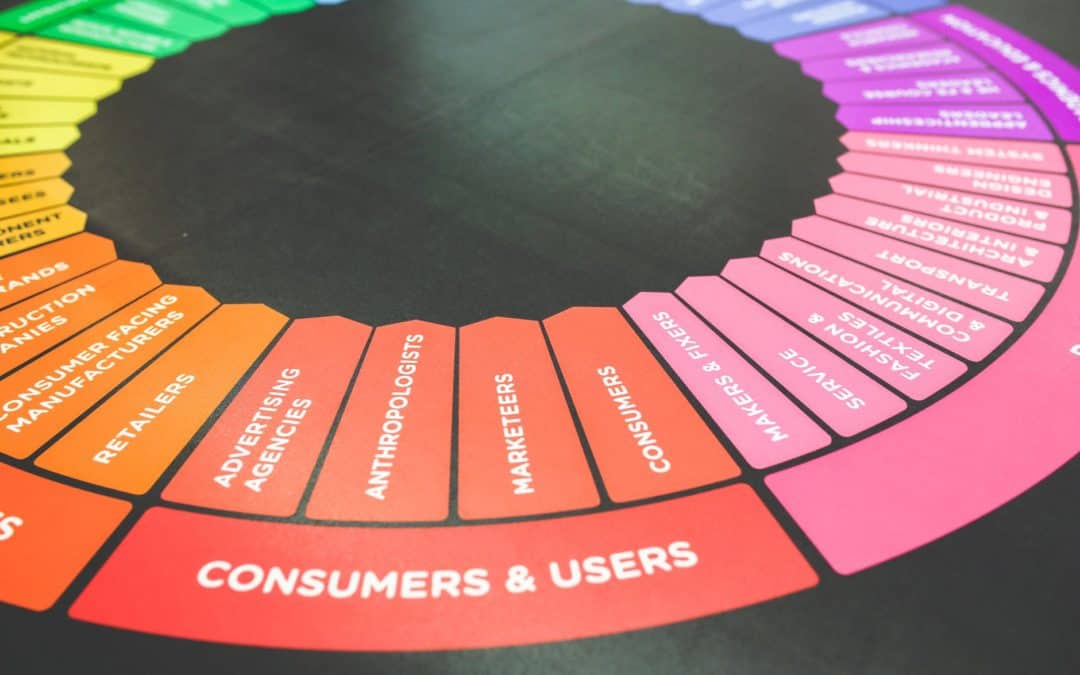
Aussie Lead Gen: Crack the Code in 2024
The Lead Gen Powerhouses: Proven Tactics That Convert
Imagine this: You’re a passionate Aussie entrepreneur, running a thriving business. You’ve poured your heart and soul into crafting a fantastic product or service, but the leads just aren’t flowing in like you’d hoped. Statistics show you’re not alone. A recent study by HubSpot Australia: revealed that 52% of Australian marketers struggle to generate enough leads.
That’s where the magic of lead generation (lead gen) comes in. But with the ever-evolving marketing landscape and unique nuances of the Australian market, generic lead gen strategies might not be enough. Here’s where we delve into the “Aussie Angle,” exploring tactics specifically designed to resonate with Australian customers and boost your lead generation efforts in 2024.
The Australian Consumer: Understanding Your Audience
Before diving into specific tactics, let’s understand who we’re trying to reach. Australian consumers are known for their value-driven nature, placing a high importance on quality, authenticity, and supporting local businesses. A Roy Morgan: https://www.roymorgan.com.au/ consumer survey found that 82% of Australians prefer to buy from local businesses if the price and quality are comparable. This means your lead gen efforts need to showcase the value proposition of your offering and establish trust with potential customers.
Another crucial factor is the mobile-first mentality of Australians. According to Statista: https://www.statista.com/ over 23 million Australians use smartphones – that’s 92% of the population! This translates to a need for lead gen strategies that are optimised for mobile devices, from landing page design to lead capture forms.
These insights form the foundation for our Aussie-centric lead gen tactics. Let’s explore some approaches that go beyond the usual suspects.
Beyond the Basics: Lead Gen Tactics That Pack a Punch Down Under
1.Leverage the Power of Hyperlocal Content Marketing
Gone are the days of generic content that appeals to everyone. Today’s savvy Australian consumers crave information that’s relevant to their specific needs and location. This is where hyperlocal content marketing shines.
What it is: Creating targeted content that addresses the challenges and interests of a specific geographic area within Australia. Think blog posts on “The Best Local Restaurants in Wollongong” or webinars on “Compliance Tips for Small Businesses in Sydney.”
Why it works: Hyperlocal content demonstrates your understanding of the local market and positions you as a trusted advisor. Additionally, with Australians spending a significant amount of time on their phones, local search engine optimisation (SEO) becomes crucial.
How to implement it: Focus on long-tail keywords that are specific to your location and industry. Partner with local influencers or businesses for content creation. Utilise social media platforms like Facebook Groups and local community forums to engage with potential customers.
Example: A Wollongong-based accounting firm creates a series of blog posts on tax implications for different Australian property types, targeted towards suburbs with high homeownership rates.
2. Embrace the Rise of “Shoppable” Social Media
The lines between social media and e-commerce are blurring in Australia. Platforms like Instagram and Facebook are now facilitating seamless shopping experiences. This opens exciting lead gen possibilities.
What it is: Utilising built-in features like Instagram Shopping and Facebook Shops to showcase your products or services directly within the social media platform.
Why it works: Shopable social media removes friction from the buying journey, allowing Australians to make impulse purchases while scrolling through their feeds. It’s also a great way to capture leads through features like “Save for Later” or product inquiries.
How to implement it: Invest in high-quality product photography and engaging video content. Utilise social listening to understand your audience’s needs and interests. Run targeted social media ads to reach a wider audience.
Example: An Australian activewear brand uses Instagram Reels showcasing their clothing in action at popular local hiking spots. Viewers can directly access the product page within the app for easy purchase.
3. Build Trust with Customer Testimonials & Case Studies
As we mentioned earlier, trust is paramount for Australian consumers. Showcasing the positive experiences of existing customers is a powerful way to build that trust and generate leads.
What it is: Utilising customer testimonials, case studies, and success stories to demonstrate the value your product or service provides.
Why it works: Hearing positive experiences from others resonates strongly with Australians. It provides social proof and gives potential customers a clearer understanding of how your offering could help them.
How to implement it: Feature short testimonials on your website, landing pages, and social media. Develop longer case studies showcasing how you helped specific Australian businesses solve a problem or achieve a goal using your product or service.
Example: A Fairy Meadow-based marketing agency features a client case study highlighting how they helped a local café increase online bookings by 30% through a targeted Google Ads campaign.
The Aussie Edge: Channels Often Overlooked
4. The Untapped Potential of Podcasts
Podcasts are all the rage in Australia, with listenership steadily increasing. They provide an intimate setting for building relationships with your target market.
What it is: Partnering with relevant podcasts as a sponsor or guest to reach a niche audience. Create your own podcast focused on your industry’s pain points with an emphasis on providing value to listeners.
Why it works: Podcasts create a sense of community, with Australians feeling personally connected to their favorite hosts. Sponsoring a popular podcast allows you to tap into that pre-built audience and generate highly qualified leads.
How to implement it: Research podcasts that align with your target audience. Explore guest opportunities to showcase your expertise, or consider a branded podcast segment where you answer frequently asked industry questions.
Example: A Wollongong-based e-commerce consultant sponsors a podcast focused on retail trends, regularly offering insights and practical advice to Australian e-commerce businesses.
5. SMS Marketing: Permission is Key
While text messaging might seem like a dated channel, SMS marketing can be powerful in the Australian market when done right, with a focus on gaining explicit consent and providing value.
What it is: Utilising SMS to send promotional offers, personalised messages, or appointment reminders directly to potential customers who have opted-in.
Why it works: Australians are highly engaged with their phones, and SMS boasts open rates far exceeding email marketing. “According to a survey by Swift Digital, the SMS open rate for Australia is a whooping 94%!” It’s a direct and personal way to reach customers, especially for time-sensitive updates or local promotions.
How to implement it: Offer a clear incentive for customers to opt-in, such as exclusive discounts or early access. Use SMS to complement your existing marketing channels rather than replace them. Always prioritise permission and provide a clear “unsubscribe” or “opt out” option.
Example: A Sydney-based florist allows website visitors to sign up for text alerts about daily flash sales on popular bouquets, with limited-time availability to prompt immediate action.
Additional Considerations for Aussie Lead Gen Success
-
Privacy: Australian businesses must adhere to strict data privacy regulations. This means always gaining clear consent before collecting customer information. Consider offering transparent privacy options and emphasising your commitment to ethical data practices.
-
Personalisation: Australian consumers value authentic, personalised connections with brands. Go beyond basic segmentation and tailor lead gen efforts based on demographics, behaviors, and interests. Use dynamic content on landing pages or personalised email subject lines to reflect their preferences.
-
Patience & Measurement: Lead generation, like fine wine, takes time to mature. Track your results, experiment with different channels, and refine strategies over time. Don’t be discouraged by initial setbacks – consistency is key to maximising your lead generation potential.
The Aussie Journey Continues
As with any marketing endeavor, success comes from relentless testing and evolving with the ever-changing marketplace. These “Aussie Angle” tactics will help you stand out and resonate with a discerning local or national audience.
In today’s post, we took a deep dive into the Aussie marketing landscape. Generic strategies won’t cut it anymore! We discussed why hyperlocal content, shoppable social media, and trust-building tactics are crucial for winning over Aussie customers in 2024 and beyond.
Feeling inspired to up your marketing game? We’re pumped! But remember, execution is everything. Don’t be afraid to ask for help – that’s what YBR Marketing is here for. 😎
Ready to turn those marketing ideas into real-world results? Book a free strategy session with our team, and let’s make it happen! Click Here
Let’s spark discussion below – feel free to share your successful lead generation tactics or unique challenges as an Aussie business!
I hope this serves you, 🫶
 Red
Red
Drop us a Line 📞 🗝 1300 902 588
Follow Us on Social ⏬⏬













